Every war memorial is as unique as the village whose losses it commemorates.
Aberdeenshire hosts some real curiosities among its number, as local Great War historian Colin Johnston of Culter, pictured below, has been researching.
Stories that intrigue the retired teacher include the 1919 Muchalls memorial, which is actually for peace as the village lost no sons; the 1917 memorial erected by villagers in Brimmond who believed the war was going to go on forever; and the Kirkton of Skene memorial where a name has been carved out.
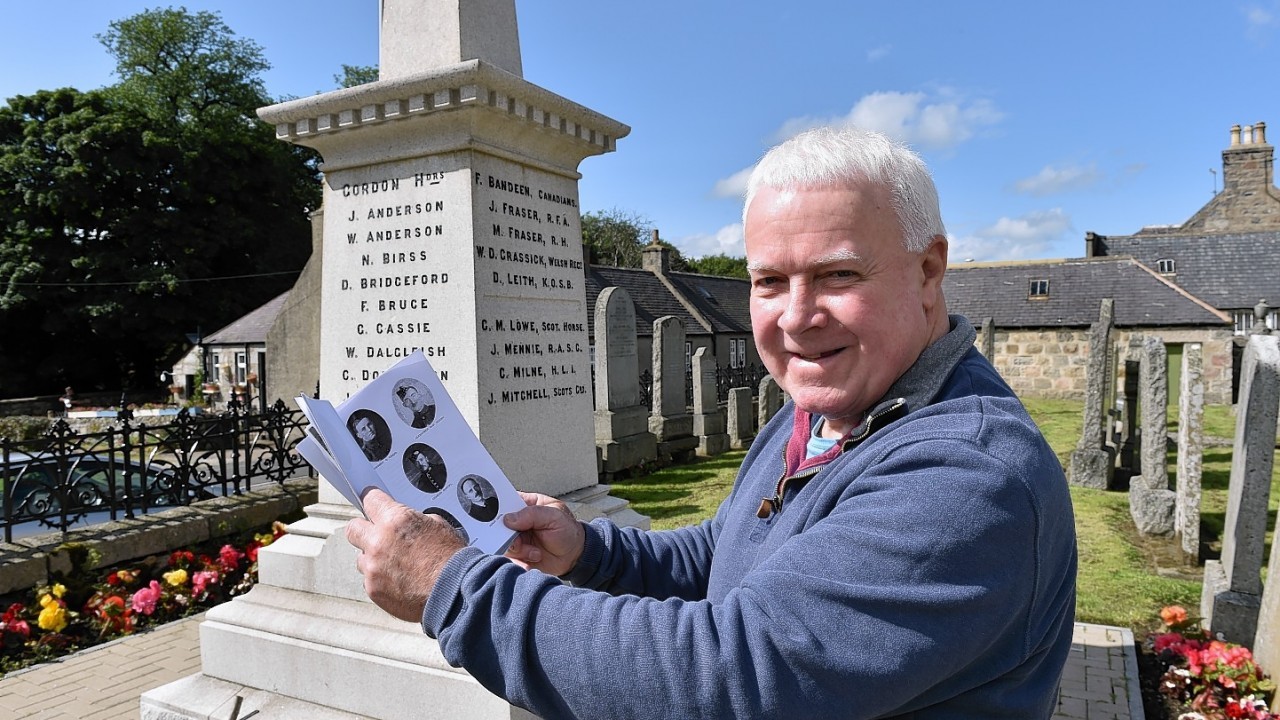
So what drove the villagers of Kirkton of Skene to excise a particular name from its 1921 memorial?
A number of depressing scenarios come to mind, involving thoughts of desertion or disgrace.
But not at all. Thomas Livingstone, Royal Highlanders (Black Watch) turned up safe after being presumed dead during World War One.
Quite simply, it seems he hadn’t many ties to the village and it took him a few years to get back there after the war.
Orphan Thomas
Colin found out that Thomas was born in 1890 and was believed to have been resident at Proctor’s Orphanage in Westhill, attending Kirkton of Skene primary school.
Records reveal he was a shoemaker by trade and enlisted in 1908 aged 18 in Perth as a private with the Black Watch.
Colin thinks he may have had relatives in the Fair City.
Thomas married Annie Russell in 1915, and served in France and Flanders.
Colin said: “It was there that he was wounded severely enough for him to be excused further active service.
Excused service
“He was awarded a small white, metal medal indicating he was genuinely ‘excused service’.
“Somehow, he got back to Scotland, but seemingly, at first, went to visit what relatives he had around Perth.”
About five years later, Thomas travelled north to look up some old classmates from Kirkton of Skene, who had also joined up.
“Apparently, according to two village centenarians I spoke to, he had asked if any of his classmates had fallen in the war, to be told, ‘Yes, you!”‘
Back from the dead
“Hence the ‘mannie fa cam’ hame an’ found he was deid’ explained his story and the sculptor was called back to remove his name.”
Thomas went south to Perthshire not long after that, and as far as Colin knows, emigrated to Australia, never to be heard of again.
Brimmond memorial
Most war memorials were put up from around 1921 – but the Brimmond memorial was erected a year and a half before the Armistice, by a pessimistic populace.
Intriguingly, they buried a time capsule under the memorial’s tubular plinth.
Colin said: “The people of the local district firmly believed the war was going to go on and on, maybe forever.
“So many local men had fallen in the battles of Loos and Somme, that the distraught people of the districts of Stoneywood, Dyce and Buckburn wished that they be remembered while the war itself was going on.”
The memorial takes the form of a viewfinder, showing the features of Aberdeenshire including Lochnagar and Bennachie.
Colin said: “As far as I know the capsule has never been opened.
“Indeed, the screws securing the opening are specially sealed to stop unauthorised persons opening the plinth.”
An attempt by the council to open it in 2017 was given up for lack of the right tool.
No religious symbols
“It’s an unusual memorial, no cross or other religious symbols. It was the work of the Stoneywood Literary Guild, whose members had lost so many men at the Battle of Loos in September 1915 and the Somme, July to November 1916.
“They decided to erect a memorial to their memory as soon possible, because there was a belief the war would go on for a very long time.”
Muchalls Peace Memorial
Then there’s the Muchalls Peace Memorial of 1919.
Why ‘peace’?
Muchalls was highly unusual.
Colin said: “All the men from the parish who went off to war came back, unique I think in Scotland.
Thankful villages
“For example, compare it with the Cookney war memorial just three miles away which as around 30 names on it.”
Colin likes to compare it with Langton Herring in England, one of the ‘Thankful Villages’ where all the men who went to war came back.
“Some of these villages in England experienced the same lack of fatal casualties in the Second World War and are dubbed ‘doubly thankful villages’.”
The memorial was unveiled in May, 1920.
The P&J reported that it was considered a red letter day in the records of the parish of Fetteresso: “It was peculiarly fitting that one of the first peace memorials in the country should be erected at Muchalls, because it would remind the residents, and also those people from Aberdeen who loved the place and came to reside in it each summer, how much they had to be thankful for in the peace time they now enjoyed, and in the removal of the nightmare of German aggression which haunted the coast of the North Sea.”
You might enjoy:
Aberdeen hero: Forgotten victim of Great Northern Road’s WW1 sacrifice
The 5,025 Aberdeen WW1 victims: Search their names, ages, ranks and addresses
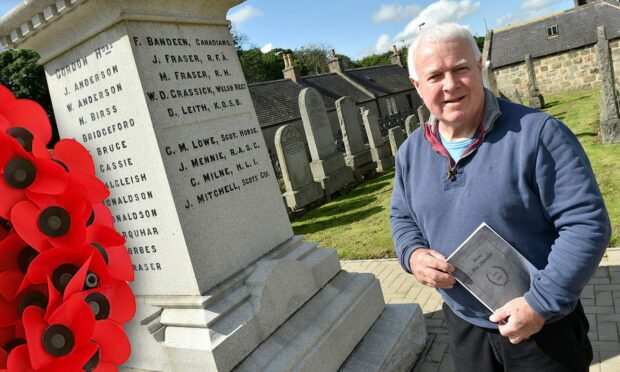

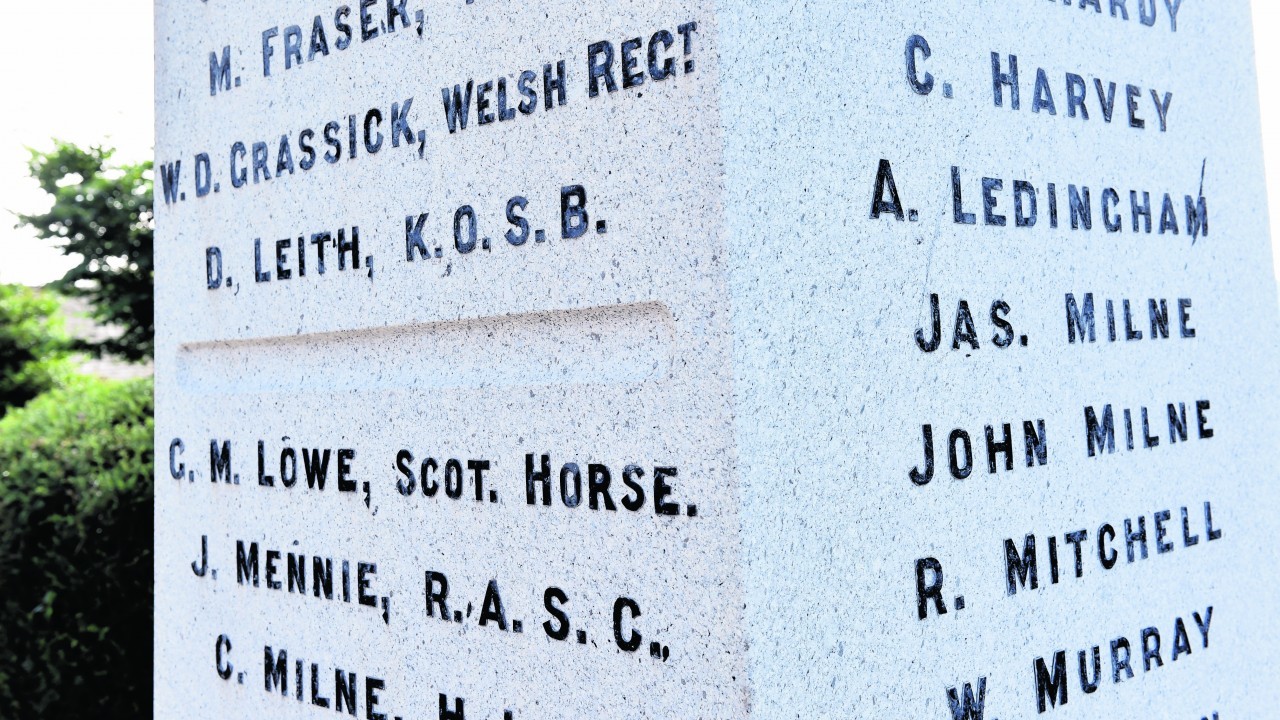

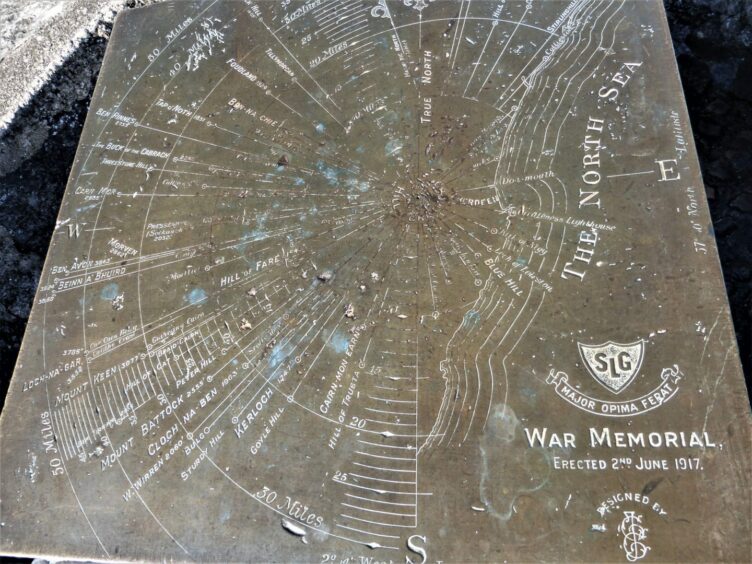
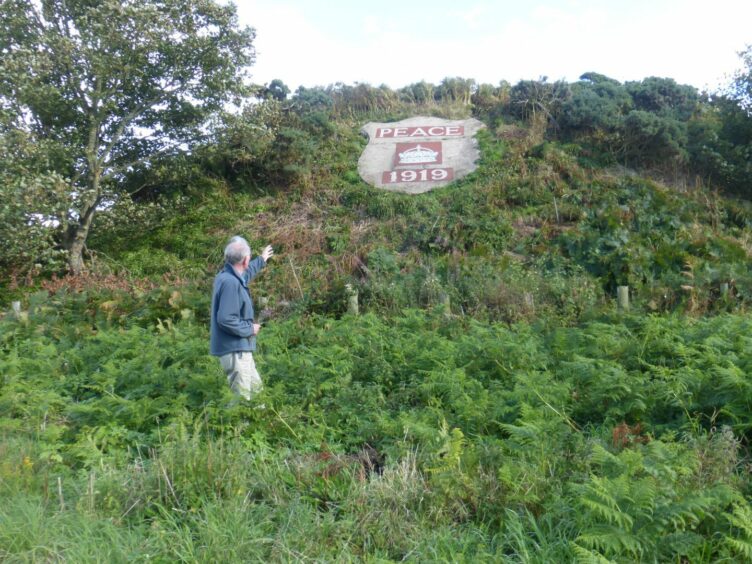

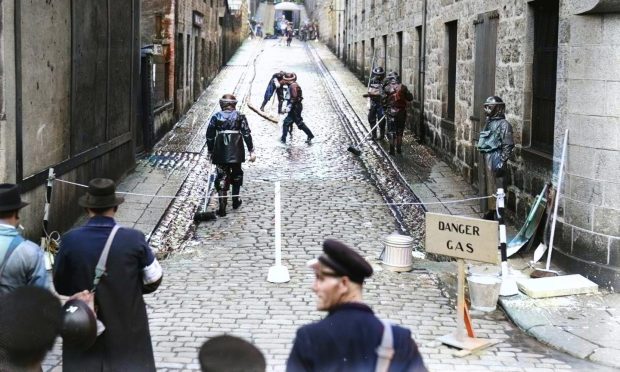
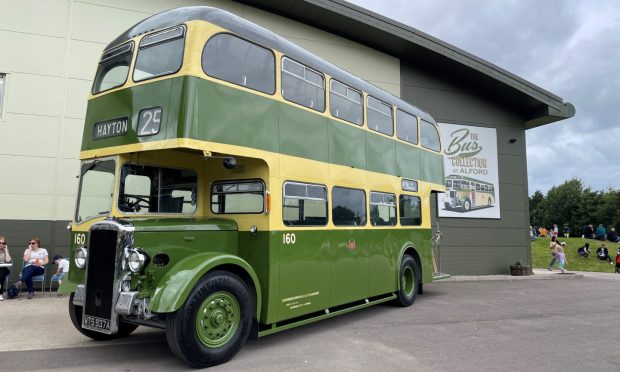
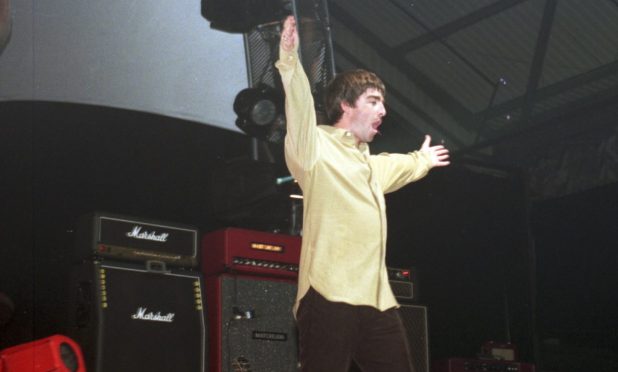
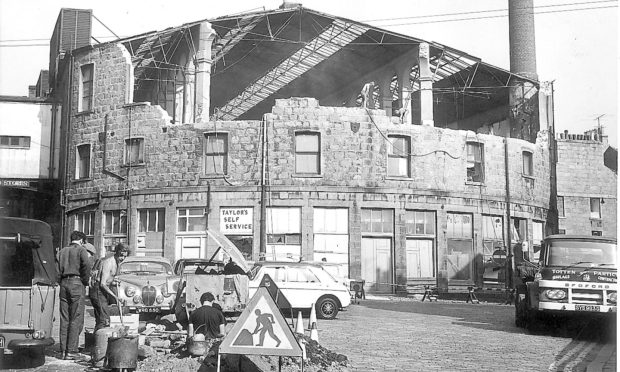
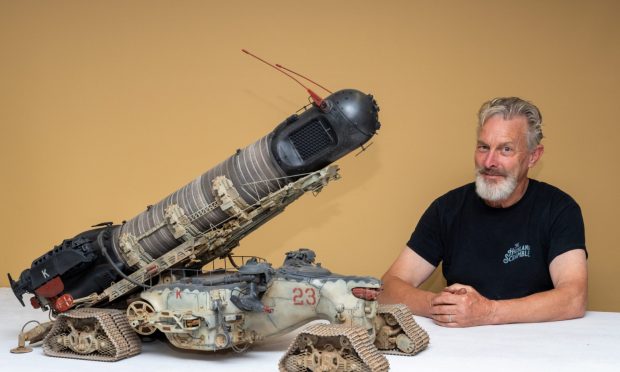
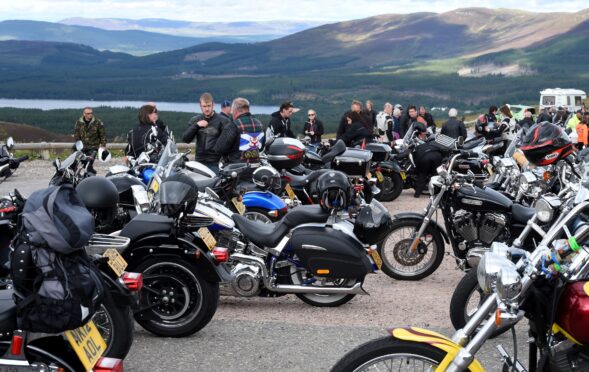
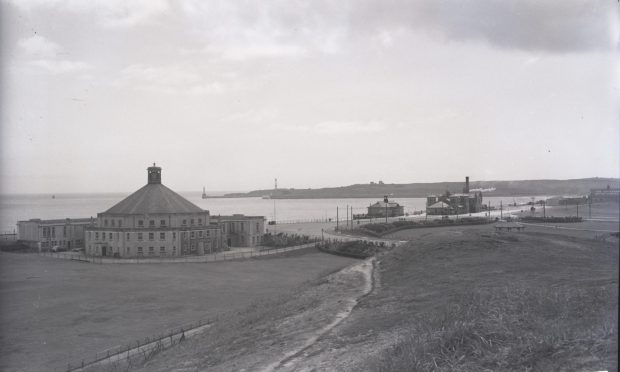
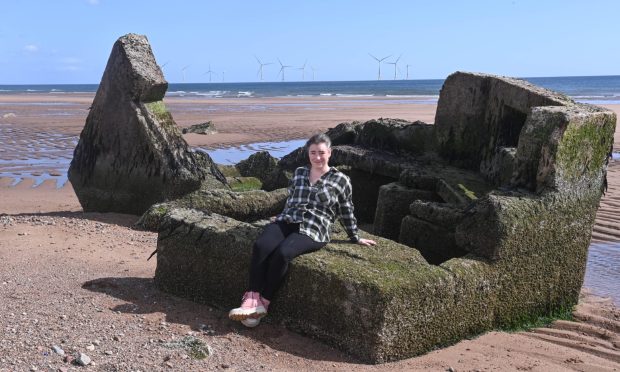
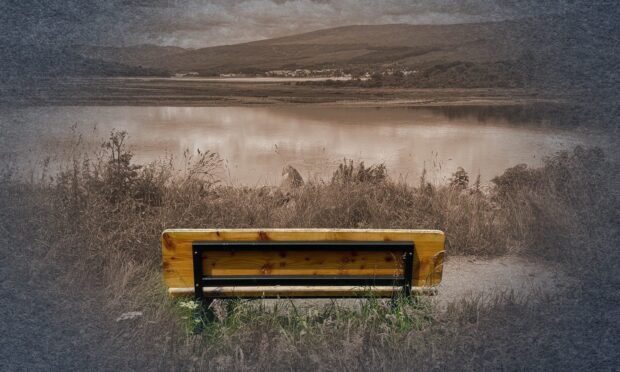
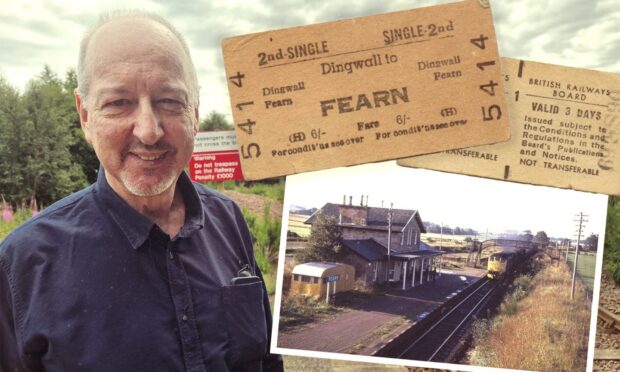
Conversation